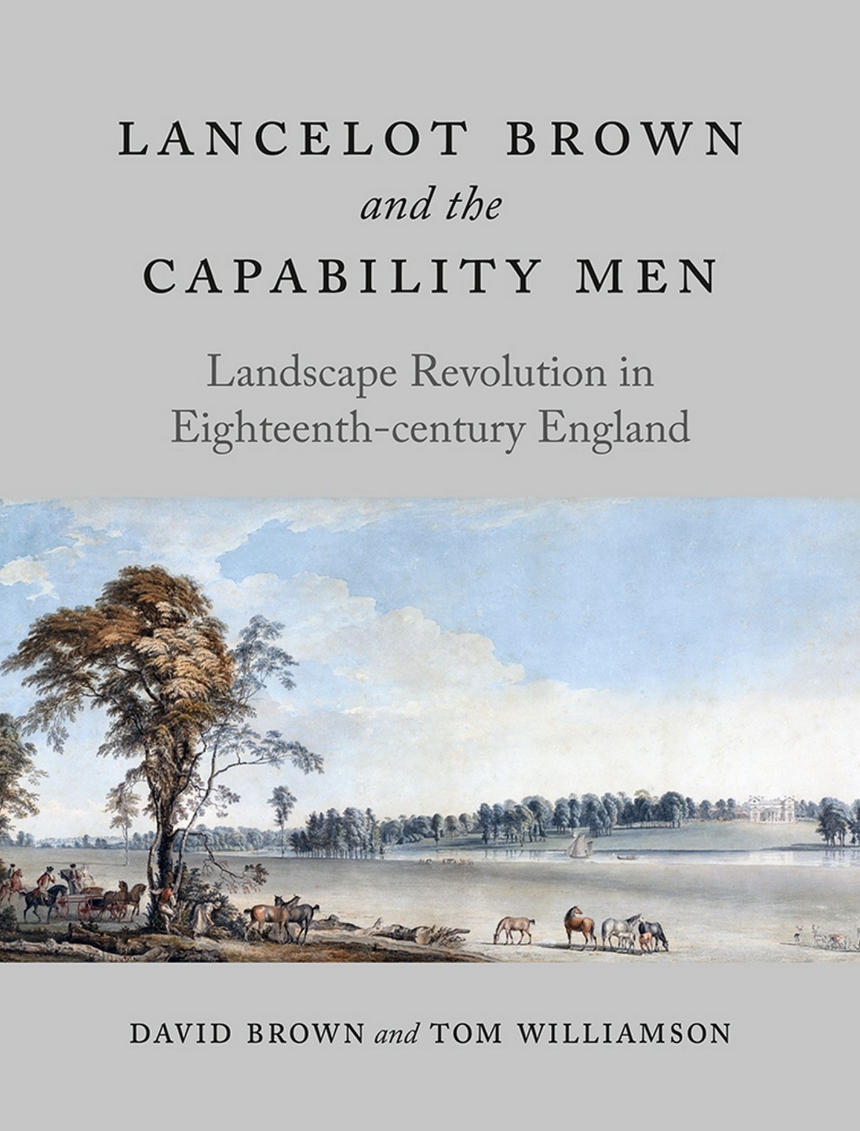Lancelot Brown and the Capability Men
Landscape Revolution in Eighteenth-century England
9781780236445
9781780236926
Distributed for Reaktion Books
Lancelot Brown and the Capability Men
Landscape Revolution in Eighteenth-century England
Lancelot “Capability” Brown is often thought of as the innovative genius who single-handedly pioneered a new, naturalistic style of landscape design, but he was in fact only one of many landscape designers in Georgian England. Published to commemorate the three hundredth anniversary of Brown’s birth, this book casts important new light on his world-renowned work, his eventful life, and the wider and robust world of landscape design in Georgian England.
David Brown and Tom Williamson argue that Brown was one of the most successful designers of his time working in a style that was otherwise widespread—and that it was his skill with this style, and not his having invented it, that linked his name to it. The authors look closely at Brown’s design business and the products he offered clients, showing that his design packages helped define the era’s aesthetic. They compare Brown’s business to those of similar designers such as the Adam brothers, Thomas Chippendale, and Josiah Wedgwood, and they contextualize Brown’s work within the wider contexts of domestic planning and the rise of neoclassicism. Beautifully illustrated throughout, this book celebrates the work of a master designer who was both a product and harbinger of the modern world.
David Brown and Tom Williamson argue that Brown was one of the most successful designers of his time working in a style that was otherwise widespread—and that it was his skill with this style, and not his having invented it, that linked his name to it. The authors look closely at Brown’s design business and the products he offered clients, showing that his design packages helped define the era’s aesthetic. They compare Brown’s business to those of similar designers such as the Adam brothers, Thomas Chippendale, and Josiah Wedgwood, and they contextualize Brown’s work within the wider contexts of domestic planning and the rise of neoclassicism. Beautifully illustrated throughout, this book celebrates the work of a master designer who was both a product and harbinger of the modern world.
352 pages | 60 color plates, 65 halftones | 7 1/2 x 9 3/4 | © 2016
Architecture: British Architecture

